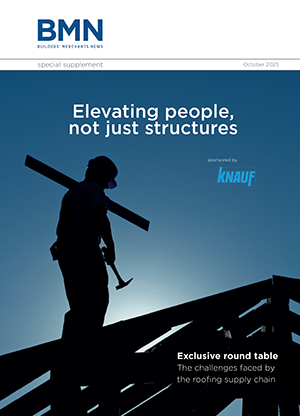UK: Construction output is forecast to fall by more than 5% next year and remain flat throughout 2013 according to the latest forecasts, published by the Construction Products Association.
It will be 2014 before the industry is expected to see any significant signs of recovery, by which time output will be 12% lower than at its peak in 2007.
Commenting on these forecasts, Michael Ankers the chief executive of the Construction Products Association said: "For the construction industry to return to growth there needs to be a strong private sector recovery, but this is just not happening. Continuing uncertainty about the future of the euro zone and a lack of consumer confidence in the UK are holding back important investment decisions. As a result the largest area of construction activity - private commercial work- is forecast to fall by a further 5% in 2012 and remain at that level in 2013.
"At the same time the cuts in public sector construction activity are really beginning to bite, with construction work on schools, hospitals, and other non-housing work forecast to fall by 23% compared with 2011. Despite the encouraging announcements on public sector investment on infrastructure projects in the Autumn Statement, capital spending on construction will still fall 30% by 2013.
"Although new housing starts in the private sector are set to continue their slow recovery, in the short term these are more than offset by the sharp fall in public sector housing. As a result the number of new homes started in 2012 is forecast to be 5000 fewer than this year, and at just 113,000 this is less than half the number of homes needed to accommodate the additional number of households expected to be created over the next 12 months."
Other key findings in the Forecasts include:
- Public Sector construction to fall 18% between 2011 and 2014,
- Education construction to fall by one quarter in 2012,
- Health construction to decrease15% in 2012,
- Infrastructure construction to rise 20% by 2015,
- Energy construction to increase threefold by 2015.






